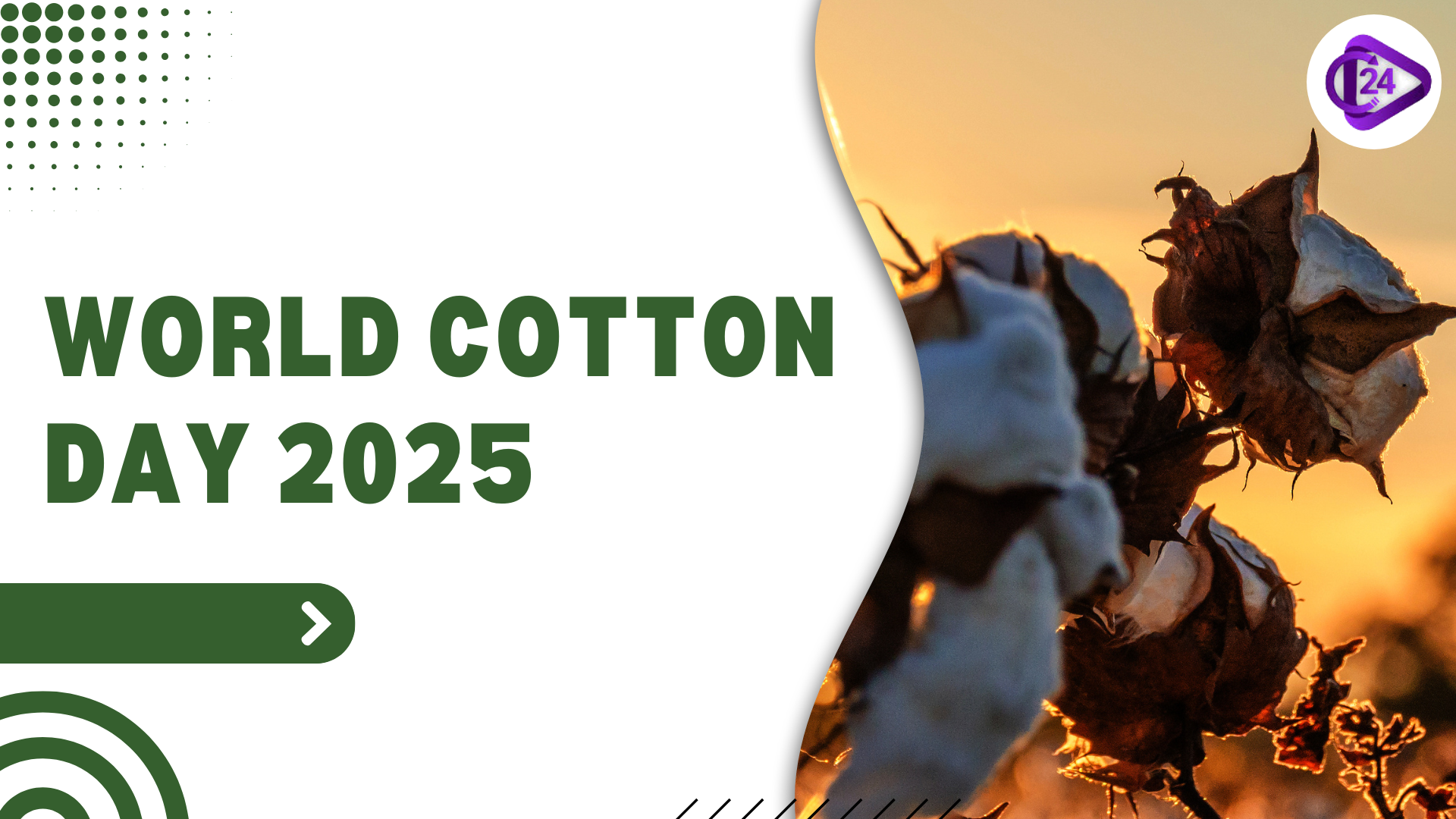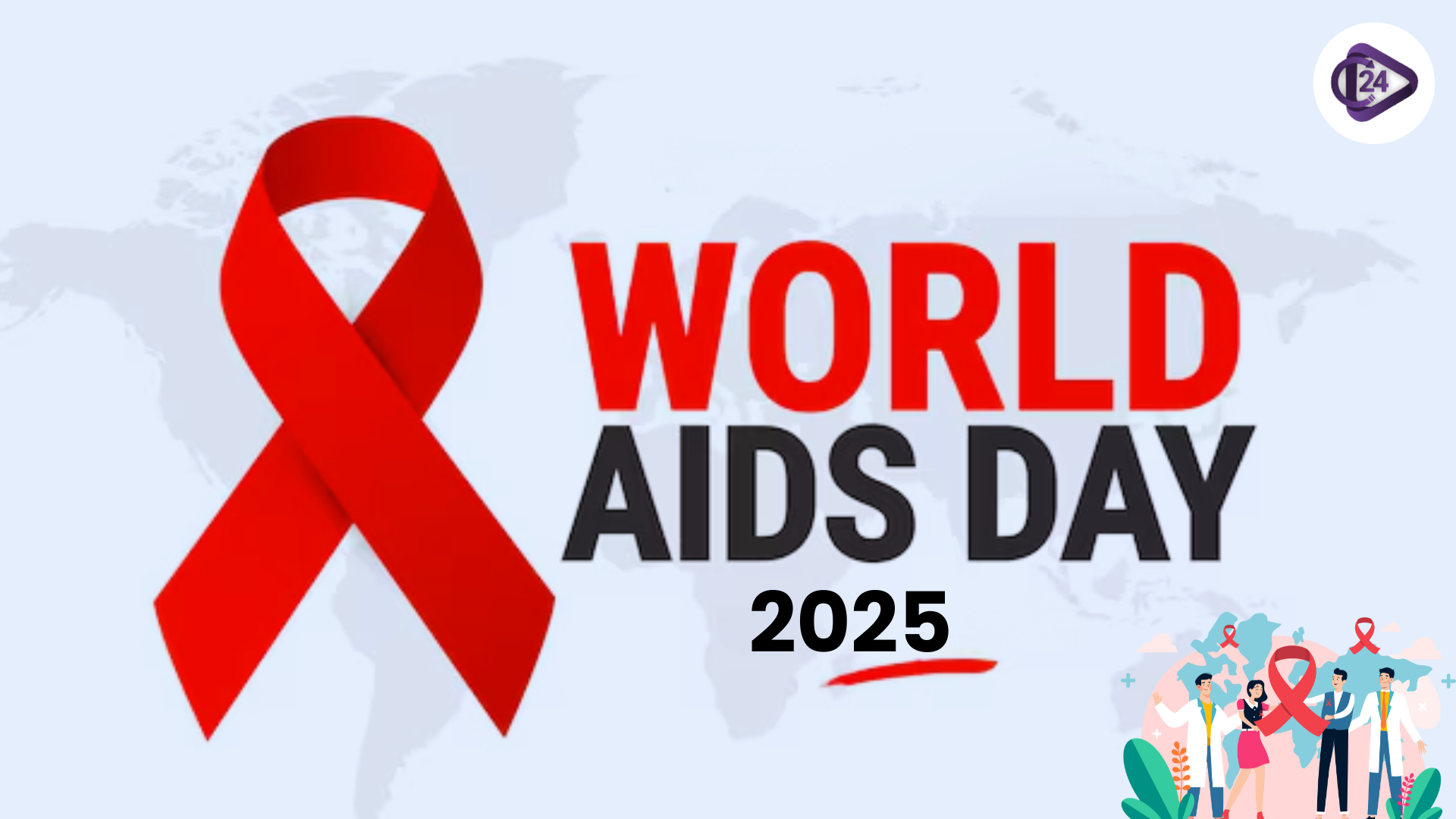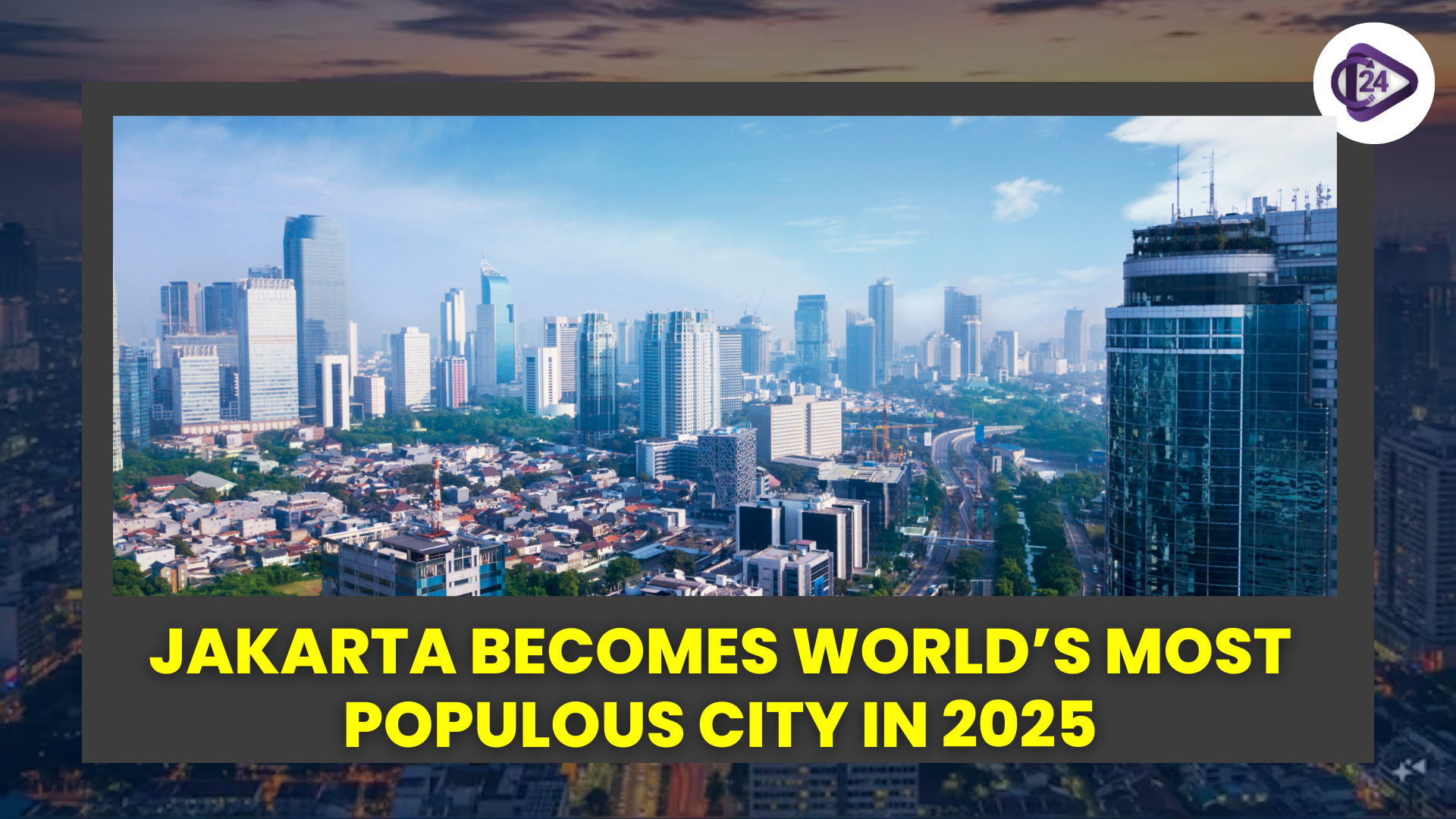
The World Cotton Day is celebrated on the 7th of October every year, showing the importance of cotton produced in the world in terms of agriculture, industry and sustainable development. The day was initiated at the Food and Agriculture Organization (FAO) of the United Nations with the view of creating awareness on the socio-economic and environmental significance of cotton, particularly to farmers and the textile industries all over the world. Cotton not only offers millions of farmers livelihoods but also sustains rural economies and also a big portion of trade in the world. The 2025 observation is aimed at sustainable cotton production, fair trade, and innovations to boost productivity whilst conserving the environment.
Impact of Cotton Globally – World Cotton Day 2025
-
Origin of celebration: The World Cotton Day was initially celebrated in 2019 by the Food and Agriculture Organization (FAO) to celebrate the significance of cotton in the world.
-
Economic implication on world economies: Cotton sustains more than 250 million people in the world, textile industries and is also a major contributor to global trade.
-
Sustainable Development Goals (SDGs): Cotton production and sustainable development would affect SDG 1 (No Poverty), SDG 8 (Decent Work), SDG 12 (Responsible Consumption) and SDG 13 (Climate Action).
-
2025 Theme: Sustainable Cotton for a Better Future which deals with environmentally friendly production, fair trade and technology of cotton production.
-
Environmental Impact: Supports soil health, biodiversity, and renewable textile production and decreases the use of synthetic fibers.
Conclusion
World Cotton Day 2025 aims to emphasize the contribution of cotton to the world economy, agriculture, and sustainable world development. Since it was first celebrated in 2019, the day has focused on assisting millions of farmers, sustainable and fair trade, and encouraging cotton production to be environmentally clean using innovations. In line with the SDGs, particularly poverty eradication, decent work, and climate action, this observance supports the need to ensure responsible consumption and production to make sure that the cotton keeps on benefiting livelihoods, industry, and environmental sustainability globally.



 Netflix to buy Warner Bros Discovery's Studios, Streaming Unit for $72 Billion
Netflix to buy Warner Bros Discovery's Studios, Streaming Unit for $72 Billion Russia to Join India-led International Big Cat Alliance
Russia to Join India-led International Big Cat Alliance India, Maldives Begin 14th Edition of Exercise Ekuverin 2025
India, Maldives Begin 14th Edition of Exercise Ekuverin 2025 World AIDS Day 2025
World AIDS Day 2025 Riyadh Metro Breaks Guinness World Record as Longest Driverless Metro Network
Riyadh Metro Breaks Guinness World Record as Longest Driverless Metro Network Vietnamese Film ‘Skin of Youth’ Bags Golden Peacock Award
Vietnamese Film ‘Skin of Youth’ Bags Golden Peacock Award India Launches Operation Sagar Bandhu to Support Sri Lanka After Cyclone Ditwah
India Launches Operation Sagar Bandhu to Support Sri Lanka After Cyclone Ditwah Jakarta Becomes World’s Most Populous City In 2025
Jakarta Becomes World’s Most Populous City In 2025 G20 Summit 2025 Overview: Theme, Venue Countries and Goals Explained
G20 Summit 2025 Overview: Theme, Venue Countries and Goals Explained Hayli Gubbi Eruption Raises Regional Alert Across Ethiopia and Neighbouring Nations
Hayli Gubbi Eruption Raises Regional Alert Across Ethiopia and Neighbouring Nations






